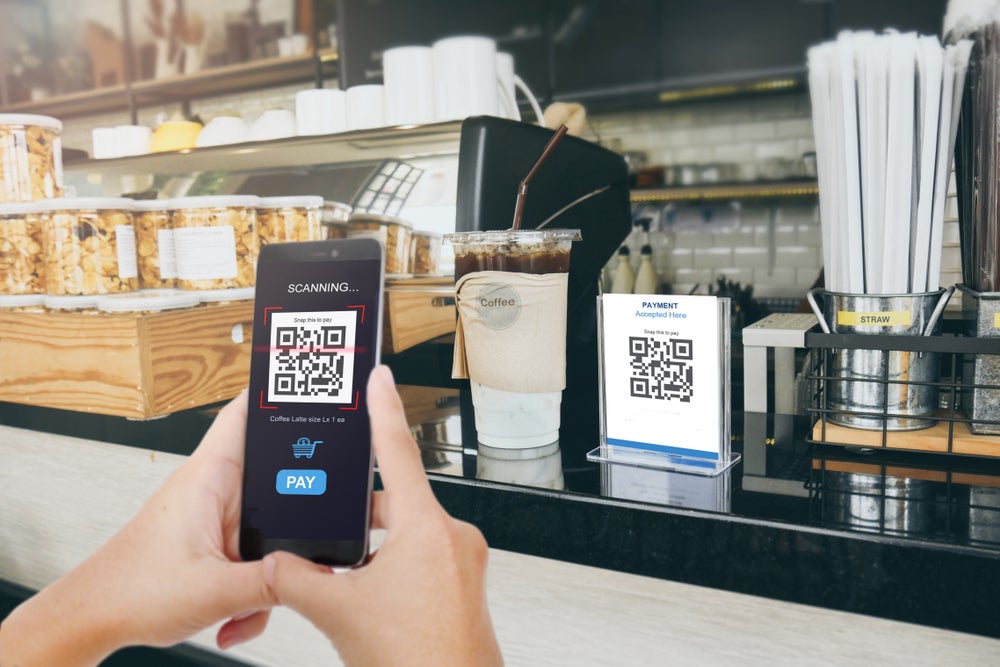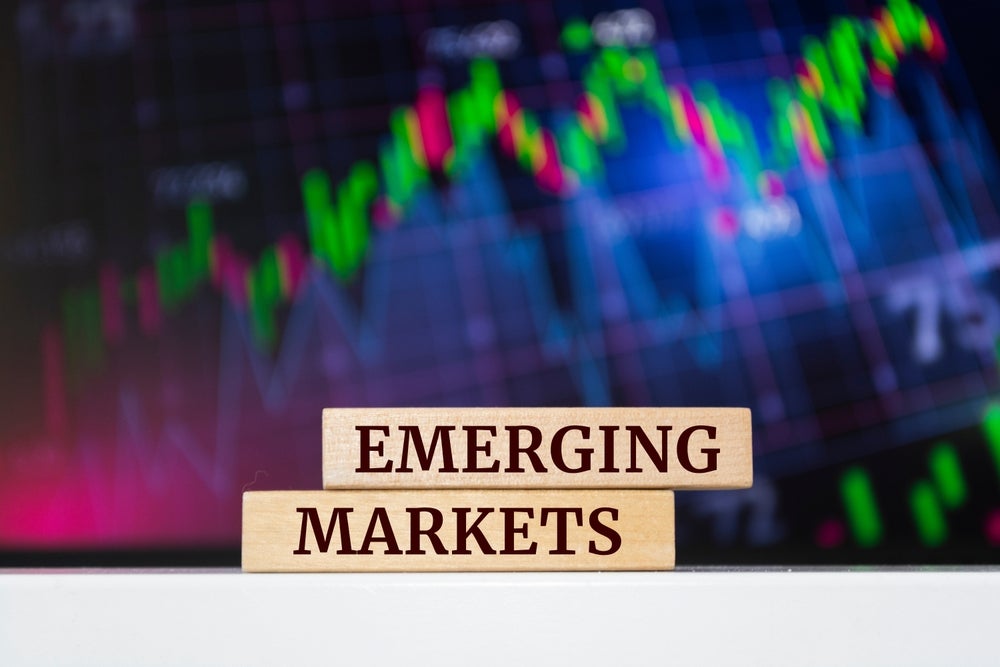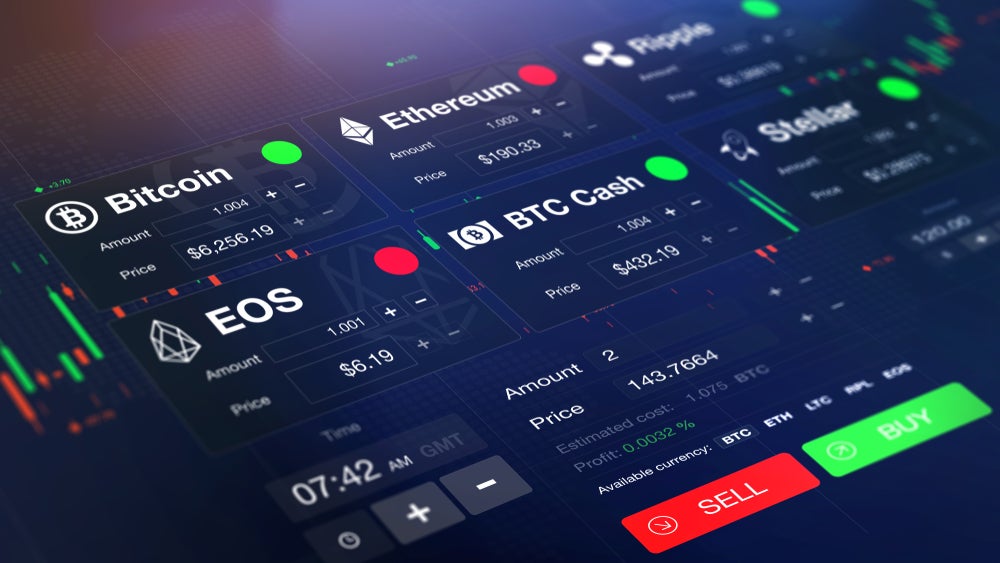Canada has traditionally been a card-loving country with 64% of consumer spend last year going on cards. Now, as the country enters a new era of payment innovation, Ellie Chambers investigates how different payment methods are shaping up and where industry players are looking to take payments
According to figures from Visa, last year, Canadians put 64% of their expenditure on their cards, the greatest percentage of any country in the world and far above their American neighbours, who put only 36% of their overall expenditure on cards.
The evolution of cards is also at an advanced stage in Canada, with some estimates putting the percentage of NFC enabled cards in Canada as high as 80%. Canada has also adopted EMV far ahead of many other developed countries and has an extraordinarily standardised and cohesive card market, with national debit card service Interac, providing the majority of debit card payments.
Yet looking past cards, with the growth of e-commerce, and mobile payments on the horizon, the Canadian payments market is set to become a more diverse and exciting place. New technology is opening payment channels that will co-exist and compete to establish dominance in the payments environment.
Already, before many mobile payment services go live, industry players are starting to talk about integrating them with other forms of payment, to reduce friction in the payment process.
The evolution of cards
How well do you really know your competitors?
Access the most comprehensive Company Profiles on the market, powered by GlobalData. Save hours of research. Gain competitive edge.

Thank you!
Your download email will arrive shortly
Not ready to buy yet? Download a free sample
We are confident about the unique quality of our Company Profiles. However, we want you to make the most beneficial decision for your business, so we offer a free sample that you can download by submitting the below form
By GlobalDataThe NFC mobile wallet, one of the mobile payment methods currently being deployed in Canada, is essentially an evolution of the credit card. Rather than present a physical card, the mobile wallet presents a virtual version of the card, its credentials presented in the form of an encrypted package on the phone’s SIM.
David Robinson, vice president of emerging business at Rogers Comms, a company that has recently launched its own mobile wallet, Suretap, says: "The payment terminal that the NFC phone is presented to cannot tell the difference between the phone that has payWave, or payPass, or Xpress pay or Interac Flash technology and the actual plastic card that has the same technology in it."
"So that’s a huge difference to some of the other payment technologies that you hear about, which are remote, or where you have to go in and change the terminal, or you have teach someone something new.
"If you have to change consumer behaviour or retrain every salesperson that works at a store, that’s a heavy lift. And so the beauty of this solution is that there is no change to the payment terminal."
In this way, with software like Rogers’ Suretap and their partner CIBC’s wallet, we are seeing the merging and convergence of card and mobile payments. When a customer uses the virtual card in their phone, the payment comes out of the same account and in some cases, the payment will appear no differently to a normal card payment on a bank statement.
However amazing this achievement may seem to the average person, it’s not enough for Robinson. He says: "From a technology point of view it’s remarkable; we’ve made a phone emulate a payment card. But at the end of the day, so what?
"Now it’s like: OK, how do we start to change and shift payments away from traditional forms to mobile?
Robinson envisions virtual cards being able to interact with each other and do more than just make payments. When a customer uses a mobile wallet, which knows what cards it contains, there is the potential for customers to receive extra information like location specific offers that relate to their cards.
Robinson says: "If you put a pile of cards in a dead cow, they don’t know each other. They know nothing about each other. They’re just tokens of commerce that have occurred in a stack. But if you put those same cards in digital form into a phone it’s got cameras, it’s got ID, it’s got location – it is a very different experience. And that experience to my mind really starts with Suretap wallet."
Mobile payments
Mobile payments are still very new to the payments arena. Even in Canada, where solutions such as Roger’s Suretap are already live, industry observers agree that it will take a while for mobile payments to truly take hold.
But despite its relative youth, mobile payment already comes in a variety of different forms.
Todd Roberts, vice president of CIBC, has a vested interest in NFC’s success in the form of the CIBC mobile wallet. Yet he is cautious about predicting the longevity of NFC’s current dominance of the mobile payments scene in Canada. "I will be surprised if we end up in a three year time horizon with only NFC as a model," he says.
"What we think is going to happen going forward is that telcos, banks, other significant organisations will bring forward solutions that do more than a tap and go payment. They will allow for P2P transfers, they will allow for mobile commerce, remote purchasing, an entire range of solutions."
At MasterCard meanwhile, the emerging payments department is pioneering multiple forms of mobile payment. Will Giles, vice president of product management and emerging payments, enthuses about NFC payments through mobile wallet, but MasterCard also have MasterPass, an ecommerce solution that stores payment credentials and autofills fields for seamless online payments.
He says: "If you click on the MasterPass button it comes to MasterCard. If you’re coming in from a machine or a device that you’ve shopped on before we save a cookie on it and we don’t ask for your user ID we just ask for your password.
"So I enter my user ID, it brings up my account with my defaults and if I click to use them it fills the merchant site with all the information. It’s that fast. And because we know our customers want a global solution, we’d prefer MasterCard obviously but it is open to other brands so you can have up to 25 cards, 25 loyalty cards."
Giles is also keen to mention the potential of using QR codes, allowing customers to purchase anything they see advertised on a poster or in a magazine, but is most excited about the prospect of e-payments and m-payments converging.
He says: "If you’re looking at these two streams from a merchant’s perspective or an issuer’s perspective they’re saying: OK, how do I choose which one to do? It’s really confusing, where do I put my investment?
"We’re building a MasterPass platform which is broad enough so we can run e-commerce transactions and NFC transactions from the same platform. And our goal is that from starting off running them as parallel platforms we’re going to start to make them converge."
A hurdle?
NFC’s status as the dominant mobile payment system in Canada has been threatened in the last few months with the release of the iPhone 5s. The launch of the new product confirmed fears that Apple is once again refusing to play along with mobile payments by installing NFC.
However, Apple’s own status in Canada is not unshakeable. Blackberry is a Canadian company and although the Canadian brand’s strength is waning fast, Blackberry’s RIM operating system still holds a respectable 19% market share amongst smartphone platforms. Android’s star is also rising fast in Canada, and its operating system now holds 43% market share to Apple’s 35%.
Moreover, many figures in Canada’s payments industry believe that more payment methods will emerge that remove the problem of Apple’s non-adoption of NFC. Giles thinks convergence will side-step the issue.
He says: "Everyone says: when is NFC coming on the iPhone? Well convergence means you will be able to do transactions from your iPhone using MasterPass, which works on any browser."
Meanwhile, some industry players believe the problem may simply go away. Almis Ledas, of trusted service manager Enstream, says: "We are still in the early stages of NFC adoption. It is too early to tell if this will hurt either Apple or the industry. If the iPhone has NFC next year, the question will go away."
CIBC has been more proactive, working to find a solution around Apple. Todd Roberts, vice president of CIBC, says: "We will find a solution around it. I’ve been meeting with a bunch of technology vendors to put sleeves on iPhones that will enable us to access the device. We’ve been in discussions with telcos about being able to do that.
"Just because Apple doesn’t feel like NFC enablement doesn’t mean that is a permanent solution – I think Apple will tell us at some point in time how they’d prefer to see payments play out."
To Rogers’ vice president Robinson, Apple’s reticence is exasperating, but predictable. He says: "I think Apple not adopting NFC is consistent with a lot of the things Apple does. They didn’t adopt the micro-USB charging technology – everyone else did, they didn’t – they decided to go from a 30 pin connector to a ‘lightning connector’.
"I don’t think it’s beneficial that Apple has ignored NFC to the rest of the ecosystem, so to my mind Apple is providing a bit of a drag on the industry. However, the industry has barely gotten off the ground, so how much drag on almost nothing can there be?
"But we’ve already seen a bit of a shift in this country away from Apple towards Android and other devices."
Competing or complementing?
Despite the excitement building over new forms of payment, all the key Canadian players are keen to stress that new payments may not necessarily displace established forms. Mobile and e-payment represent an alternative to and in some cases an evolution of card payments, but this does not mean Canadian consumers will let go of their beloved cards, or that these payment forms need be in competition with each other.
Enstream’s Ledas says: "Digital downloads have not removed the need for CDs or DVDs, nor have calendar apps eliminated the use of paper calendars. Cards work in the global marketplace. So long as there are merchants able to take only card payments, the need for cards will not go away, regardless of how fast the uptake of mobile apps.
"I think the idea of eliminating plastic is too far in the future to be seriously considered today."
Robinson agrees and Rogers is in fact planning to launch a physical credit card next year. Robinson says: "I would never say that a mobile wallet is going to replace your physical wallet. It will displace payments over time, but it’s going to take a long time.
"A phone can emulate a payWave card, or a payPass card, but those transactions are limited by the networks to CAD50 ($47.9) in this country at this time. They’re moving to CAD100 next month but there are still a lot of high value transactions you simply can’t get.
"Plastic is going to be around for a long, long time."







